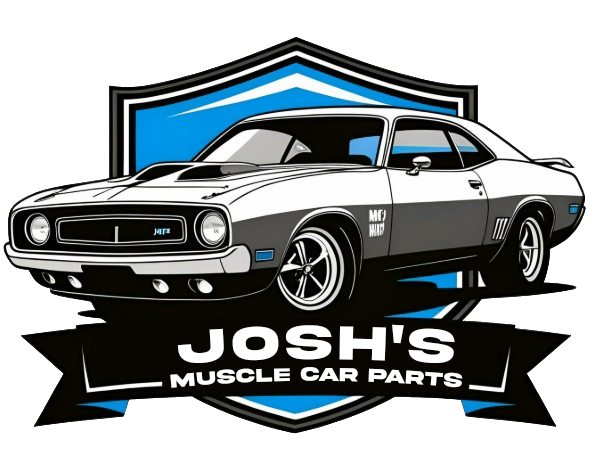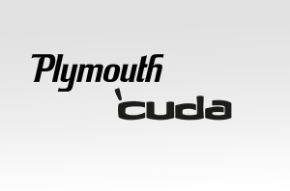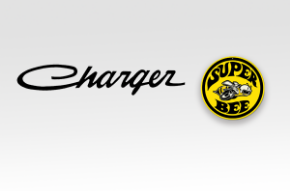Description
Turn Signal Lever W/O Tilt Wheel - 1963-1966 Chevrolet Impala, Corvette, Nova, and GM Trucks
Upgrade your classic vehicle's signaling system with our top-quality Turn Signal Lever designed specifically for 1963-1966 Chevrolet Impala models without tilt wheel. This easy-to-install reproduction lever includes both the knob and handle you need to ensure safe, reliable signaling while driving. Unlike cheaper alternatives, our product guarantees durability and functionality, allowing you to confidently navigate your way through traffic with controlled precision.
- High-Quality Reproduction: Authentic design that matches the original specifications of your vehicle.
- Complete Kit: Includes the knob and handle for easy replacement and installation.
- Durable Materials: Crafted from high-grade materials to withstand everyday use and environmental factors.
- Easy Installation: Straightforward design ensures a hassle-free fitting process, suitable for DIY enthusiasts.
- Enhances Safety: Reliable signaling for turns and lane changes increases safety on the road.





